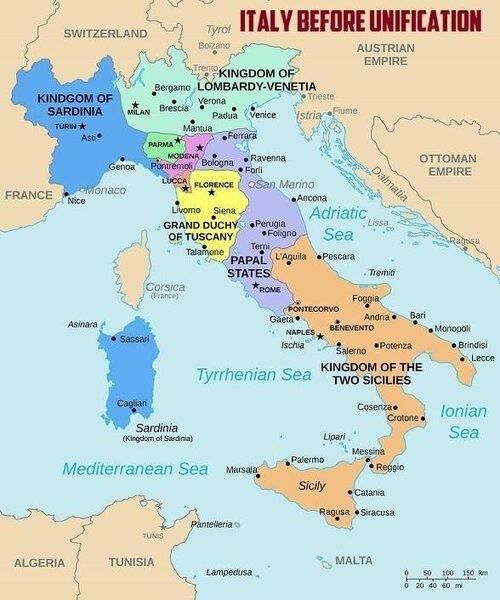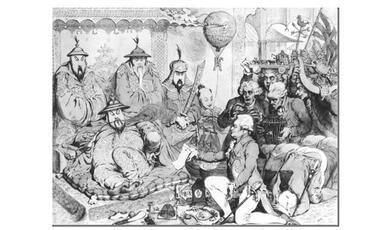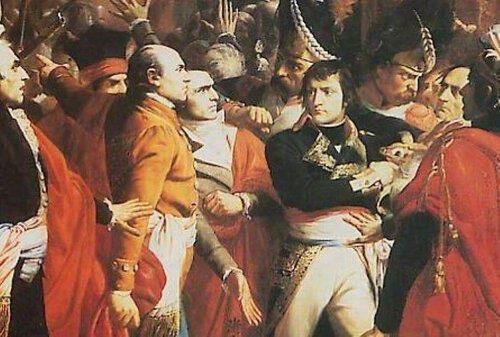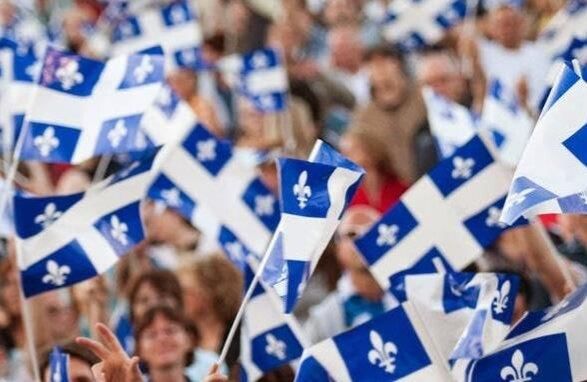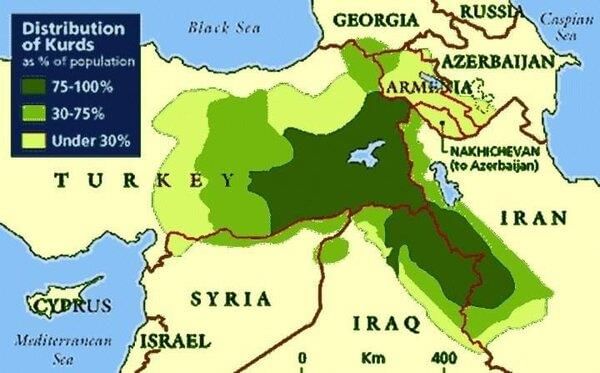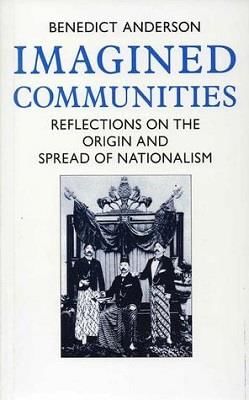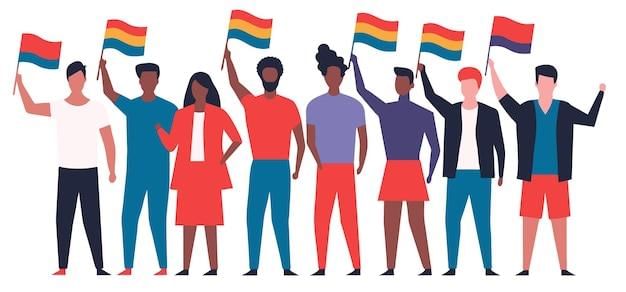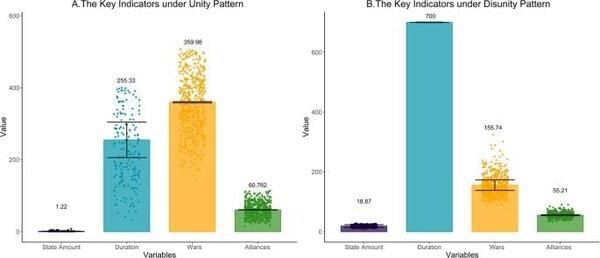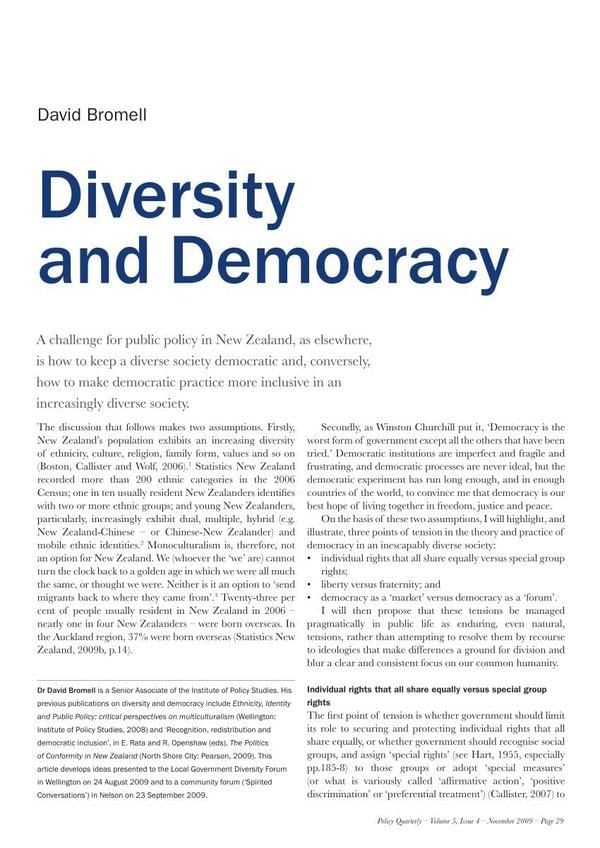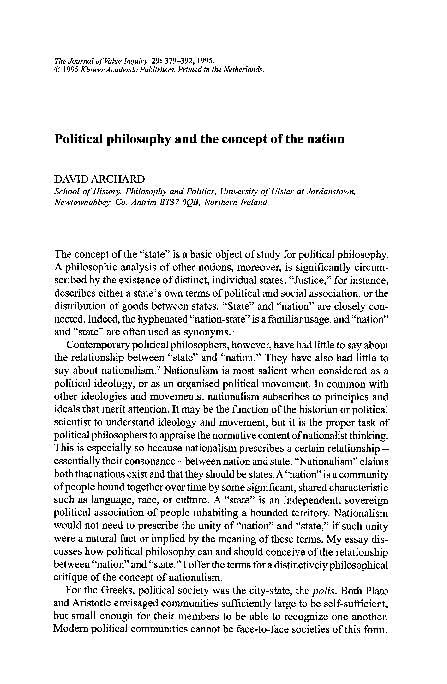|
What dual role has nationalism played in shaping history over the past two centuries? |
Card: 1 / 50 |
|
Nationalism has been a source of both unity and division among people, leading to liberation from oppressive rule as well as causing conflicts, bitterness, and wars. 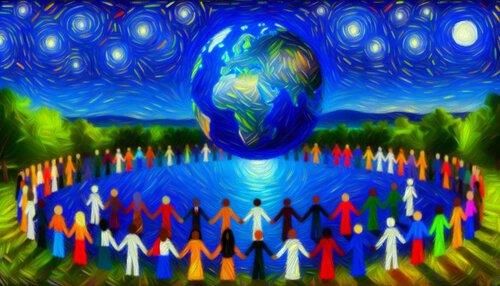 |
Card: 2 / 50 |
|
Nationalism in the 19th century contributed to the unification of which two present-day countries? |
Card: 3 / 50 |
|
Fill in the blank: Nationalism led to the disintegration of large empires such as the Austro-Hungarian and ___ empires in early 20th century Europe. |
Card: 5 / 50 |
|
True or False: Nationalist struggles have completely disappeared in the modern world. |
Card: 7 / 50 |
|
Riddle: I can unite kingdoms or tear empires apart. I am powerful yet can lead to conflict and war. What am I? |
Card: 9 / 50 |
|
What ongoing phenomenon does the process of redrawing state boundaries represent? |
Card: 11 / 50 |
|
Fill in the blanks: Nationalist movements have emerged among the ___ in Canada, the Basques in northern Spain, and the ___ in Sri Lanka. |
Card: 13 / 50 |
|
Short Answer: Name two regions where nationalist struggles are currently posing a threat to existing states. |
Card: 15 / 50 |
|
A nation is composed of individuals who may not personally know each other and do not necessarily share familial ties, unlike families and tribes that are connected through personal relationships or marriage. 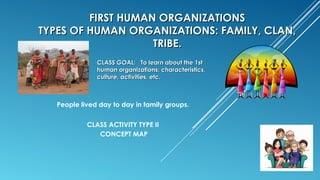 |
Card: 18 / 50 |
|
Nations are often considered to be ___ communities, where members share common beliefs and aspirations. |
Card: 19 / 50 |
|
True or False: A nation is primarily defined by its physical features like mountains or rivers. |
Card: 21 / 50 |
|
False; a nation is defined by shared beliefs and collective identity, not physical traits. 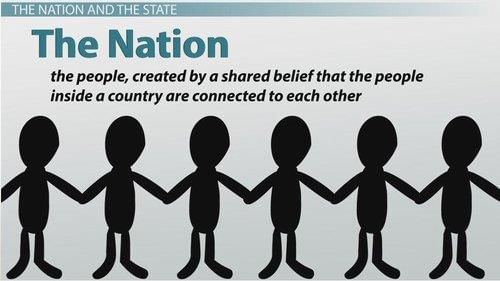 |
Card: 22 / 50 |
|
Fill in the blank: A nation is formed through shared beliefs, not through ___ things. |
Card: 23 / 50 |
 Unlock all Flashcards with EduRev Infinity Plan Starting from @ ₹99 only
|
|
Collective identity refers to the shared identity and future goals of a group, emphasizing their unity and common aspirations rather than physical characteristics. |
Card: 26 / 50 |
|
Riddle: I am a group of people who may not know each other personally, yet I bring them together with shared dreams and beliefs. What am I? |
Card: 27 / 50 |
|
How does diversity within nations challenge the traditional view of national identity? |
Card: 29 / 50 |
|
Diversity within nations, as seen in countries like Canada and India, shows that a nation can encompass multiple languages, religions, and cultures, contradicting the idea that national identity is based solely on shared ethnicity or language.  |
Card: 30 / 50 |
|
A nation is like a team because it consists of people who ___ and ___ together. |
Card: 31 / 50 |
|
It implies that members believe they belong together and share common aspirations. |
Card: 34 / 50 |
|
The historical continuity and unity of a civilization are the basis of a ___ . |
Card: 35 / 50 |
|
Territory is important for nations because it provides a sense of ___ and ___ identity. |
Card: 37 / 50 |
|
Fill in the blanks: Major religions are internally diverse with various ___ differing in their interpretations. |
Card: 41 / 50 |
|
Riddle: I am a vision that binds a nation, a set of political values that create obligation. What am I? |
Card: 43 / 50 |
|
In a democracy, members of the political community are bound by a set of ___ to each other. |
Card: 47 / 50 |
|
Fill in the blank: It is preferable to conceptualize the nation in ___ rather than cultural terms. |
Card: 49 / 50 |





